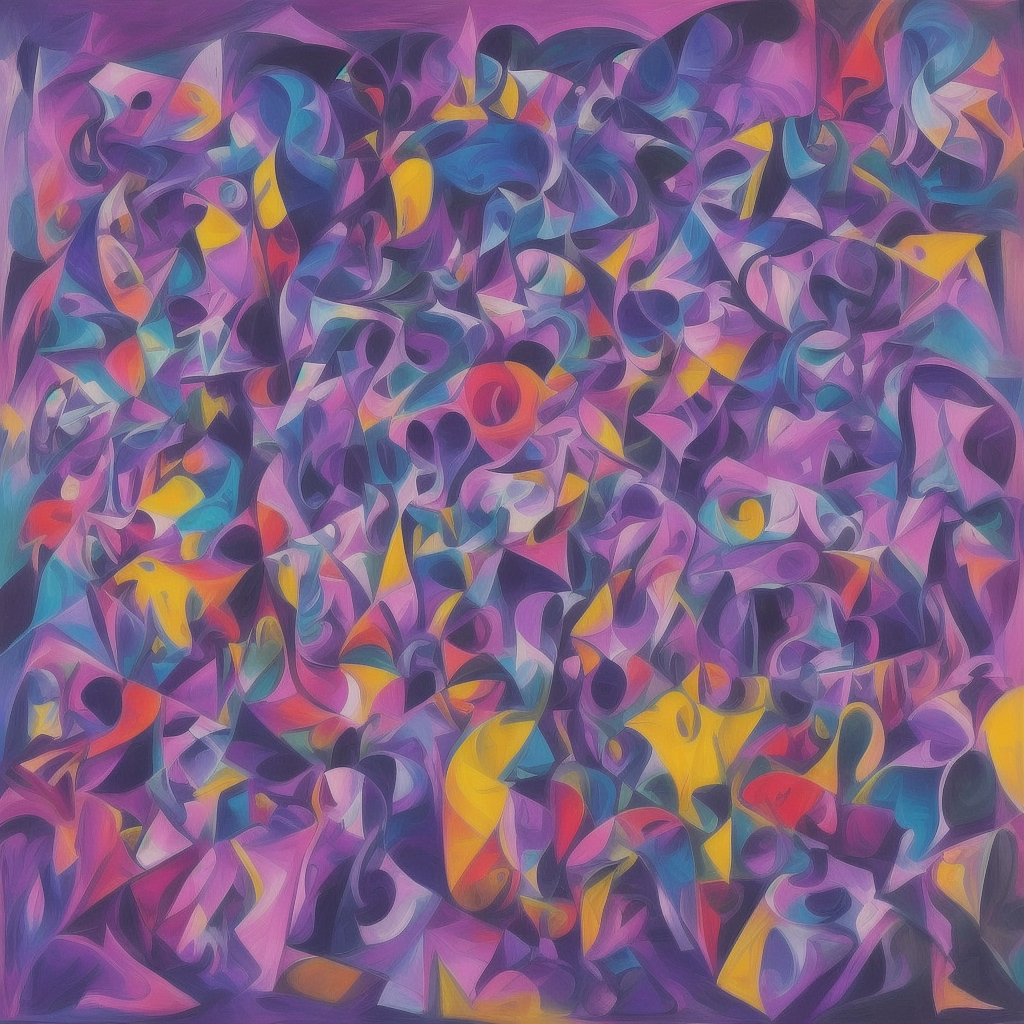Pablo Picasso and the color Purple

Pablo Picasso, the legendary Spanish painter, sculptor, and one of the most influential artists of the 20th century, revolutionized the art world with his innovative use of color. Among the many colors that Picasso experimented with, purple held a special place in his palette, making his artworks truly unique and groundbreaking.Historical Context:Picasso's exploration of the color purple coincided with his involvement in the Cubist movement during the early 20th century. Cubism was a radical artistic style that aimed to depict objects from multiple viewpoints, breaking them down into geometric shapes and forms. Purple, being a complex and versatile color, perfectly suited the fragmented and multidimensional nature of Cubist art. It allowed Picasso to convey depth, form, and emotion in ways that had never been seen before in the art world.Artistic Technique:In his Cubist paintings, Picasso used shades of purple to create a sense of ambiguity and mystery. By juxtaposing different tones and hues of purple against each other, he was able to blur the boundaries between objects and spaces, challenging the viewer's perception and inviting them to think beyond the conventional norms of representation. Additionally, Picasso often used purple to represent shadows and shading, adding a sense of drama and dynamism to his compositions.Imaginative Interpretation:One cannot talk about Picasso's use of purple without mentioning the emotional and psychological depth it brought to his artworks. Purple is often associated with royalty, spirituality, and creativity, and Picasso cleverly tapped into these symbolic meanings to imbue his paintings with a sense of power and transcendence. Through the strategic placement of purple in his works, Picasso was able to evoke a wide range of emotions, from melancholy and introspection to passion and intensity, leaving a lasting impact on the viewer's psyche.In conclusion, Pablo Picasso's innovative use of the color purple in his artworks was a testament to his artistic genius and his ability to push the boundaries of traditional art forms. By harnessing the depth, complexity, and symbolism of purple, Picasso created a visual language that continues to inspire and intrigue viewers to this day.